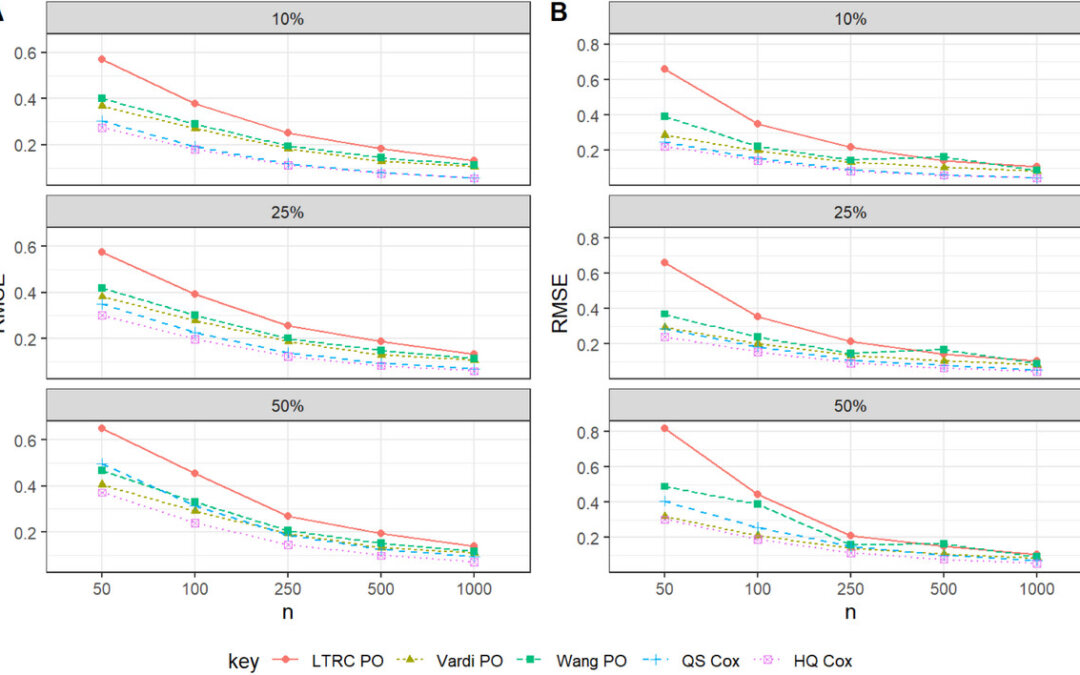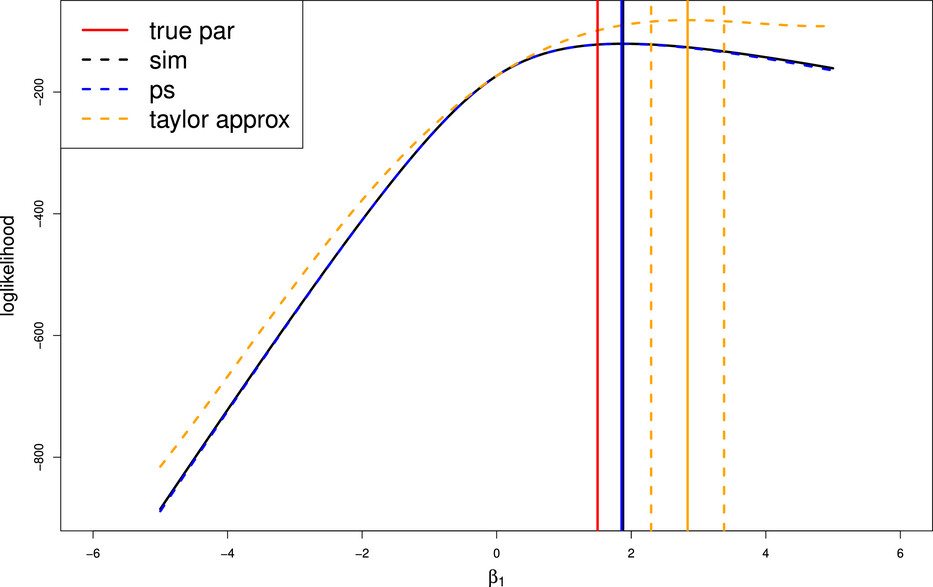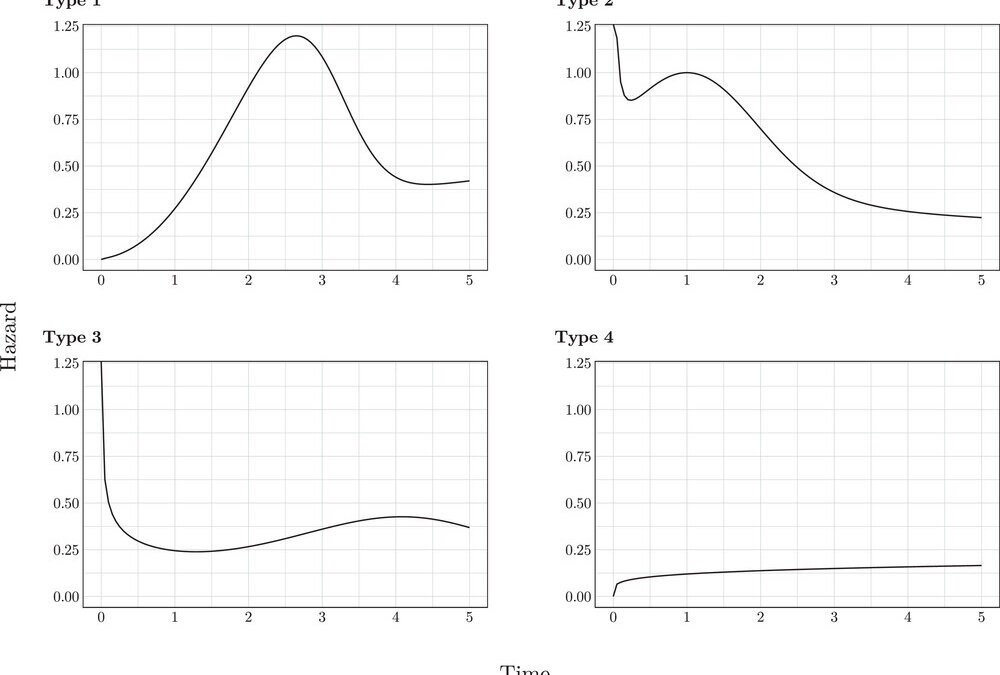
Statistical issues in survival analysis (Comment on hazards are key)
December 3, 2025 In this short article, Per Kragh Andersen has given a rebuttal to the article by Beyersmann et al (2025) which was about hazards constituting key quantities for time-to-event data. Despite arguments by other statisticians, Beyersmann et al. (2025)...

Statistical issues in survival analysis (Semi-parametric joint intercept estimation)
November 19, 2025 In longitudinal data with irregularly timed visits, semi-parametric joint models have been proposed to account for the dependence between times and the Sun model (Sun et al, 2011) has been the most suitable for count data. The authors have extended...

Statistical issues in survival analysis (Pseudo observations length-bias Cox model)
November 6, 2025 For these authors, the goal of this paper was to apply pseudo-observations to estimate the regression coefficients in the Cox proportional hazards model under length-biased right-censored (LBRC) data. On some occasions as they found, observations may...

Statistical issues in survival analysis (Weibull measurement error)
October 22, 2025 The authors studied the approximate maximum likelihood estimation (AMLE), which has been proved to be an effective method to correct both measurement error and misclassification simultaneously in a logistic regression model, to correct biases caused...

Statistical issues in general (mixed effects LR)
October 8, 2025 Mixed effects logistic regression models require individual level data. Sometimes data needs to be on the population level and it can be aggregated into counts, for example, but this could also lead to loss of other information. Federated learning...

Statistical issues in survival analysis (flex AFT with cure)
September 22, 2025 The authors have presented a new method to allow accelerated failure time models (AFTs) to have a flexible parametric framework and to also allow implementing mixture and non-mixture cure models. The authors aimed to introduce extensions to the...

Statistical issues in general (partially linear models)
September 10, 2025 The authors developed a general estimation method for inference in partially linear models with nonmonotone missing at random data. The unified estimation method was already developed for parametric regression models with nonmonotone MAR data where...

Statistical issues in survival analysis (bootstrap box-cox CIs)
August 27, 2025 The authors are motivated by small sample laboratory or animal studies with non-Gaussian biomarker values and came up with a bootstrap box-cox likelihood ratio confidence interval for the median. Normally due to non-normality of data, one might...

Statistical issues in survival analysis (SACE)
August 13, 2025 The authors looked at a method called survival average causal effect (SACE) for dealing with situations when continuous outcome measurements are truncated by death and cause problems for estimating unbiased treatment effects in randomized controlled...

Statistical issues in survival analysis (predictive smoothed likelihood)
July 30, 2025 The authors present a new method for predictive performance assessment that works for non-parametric and semi-parametric models and can check with addition of a frailty term and also for smoothing. The predictive log-likelihood idea does not work well...